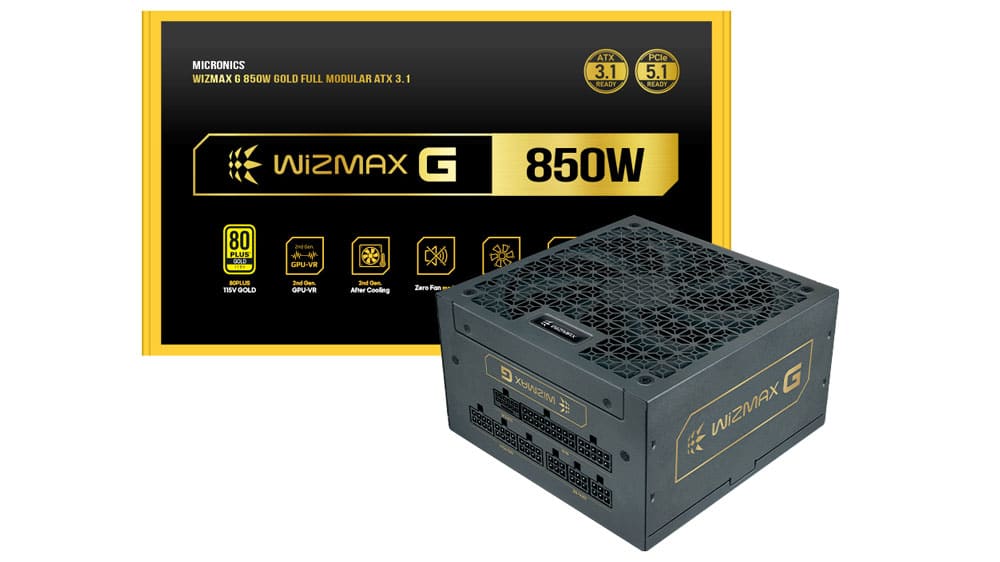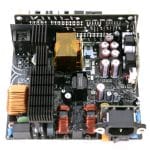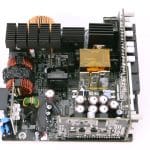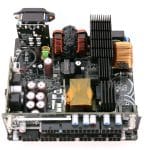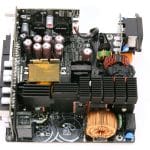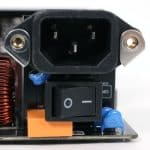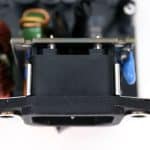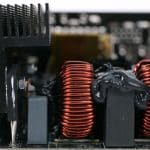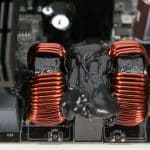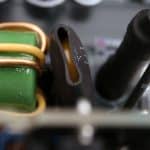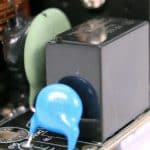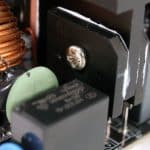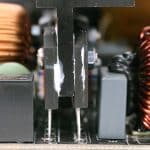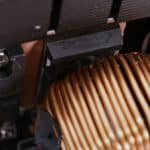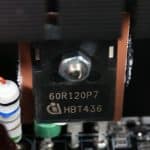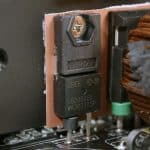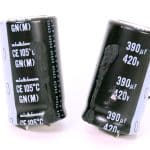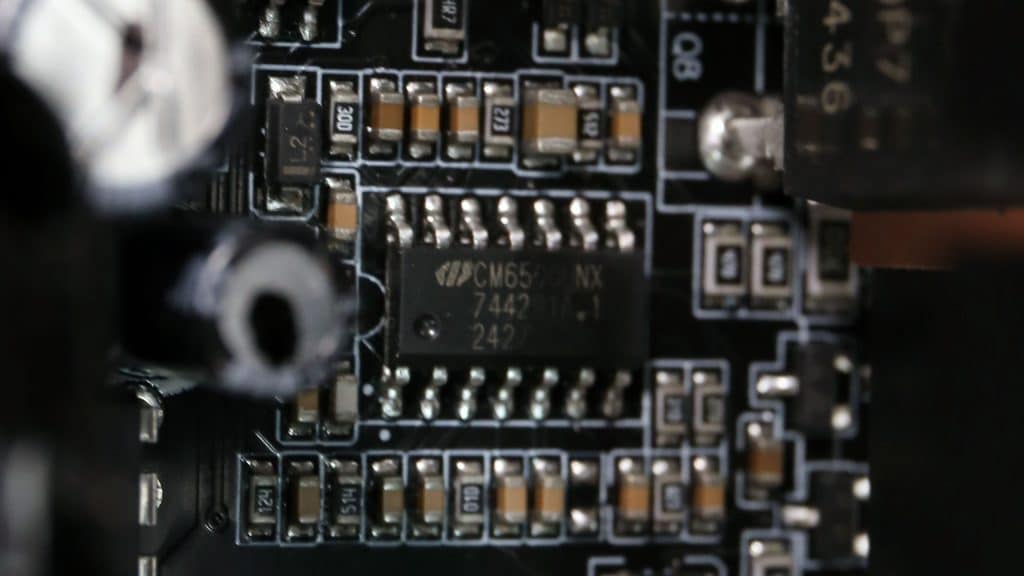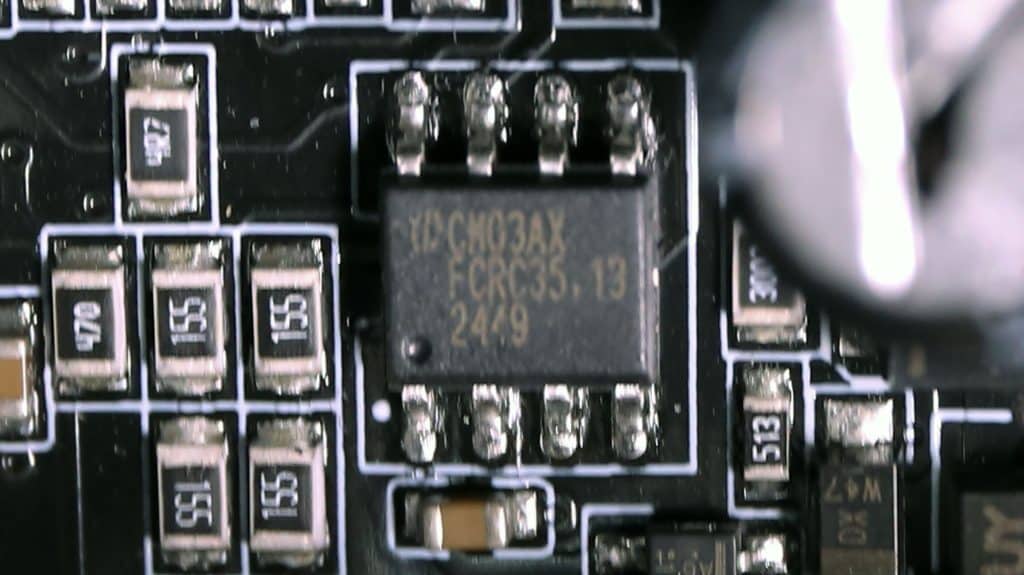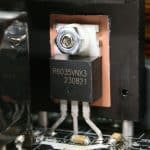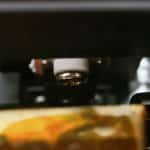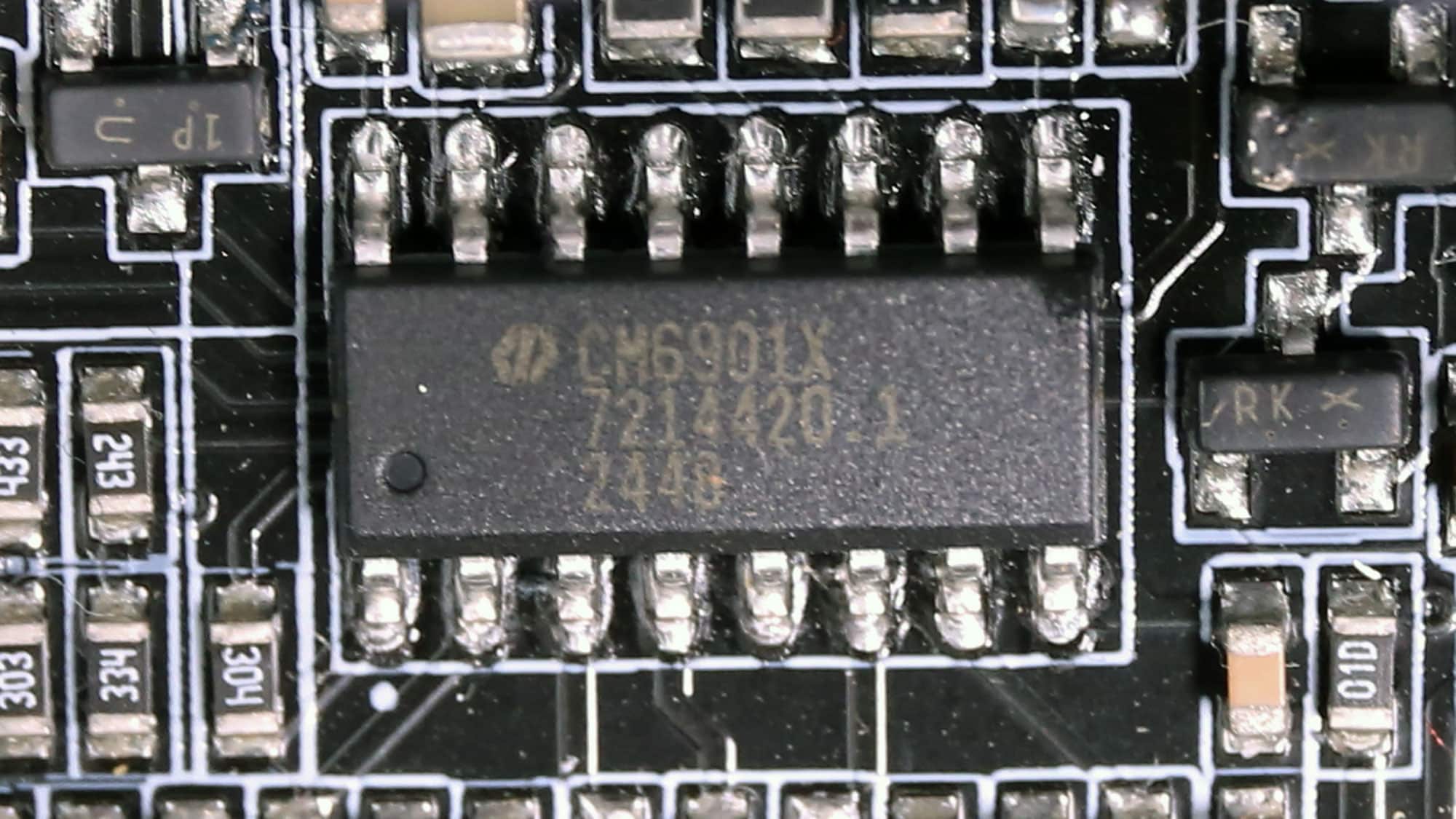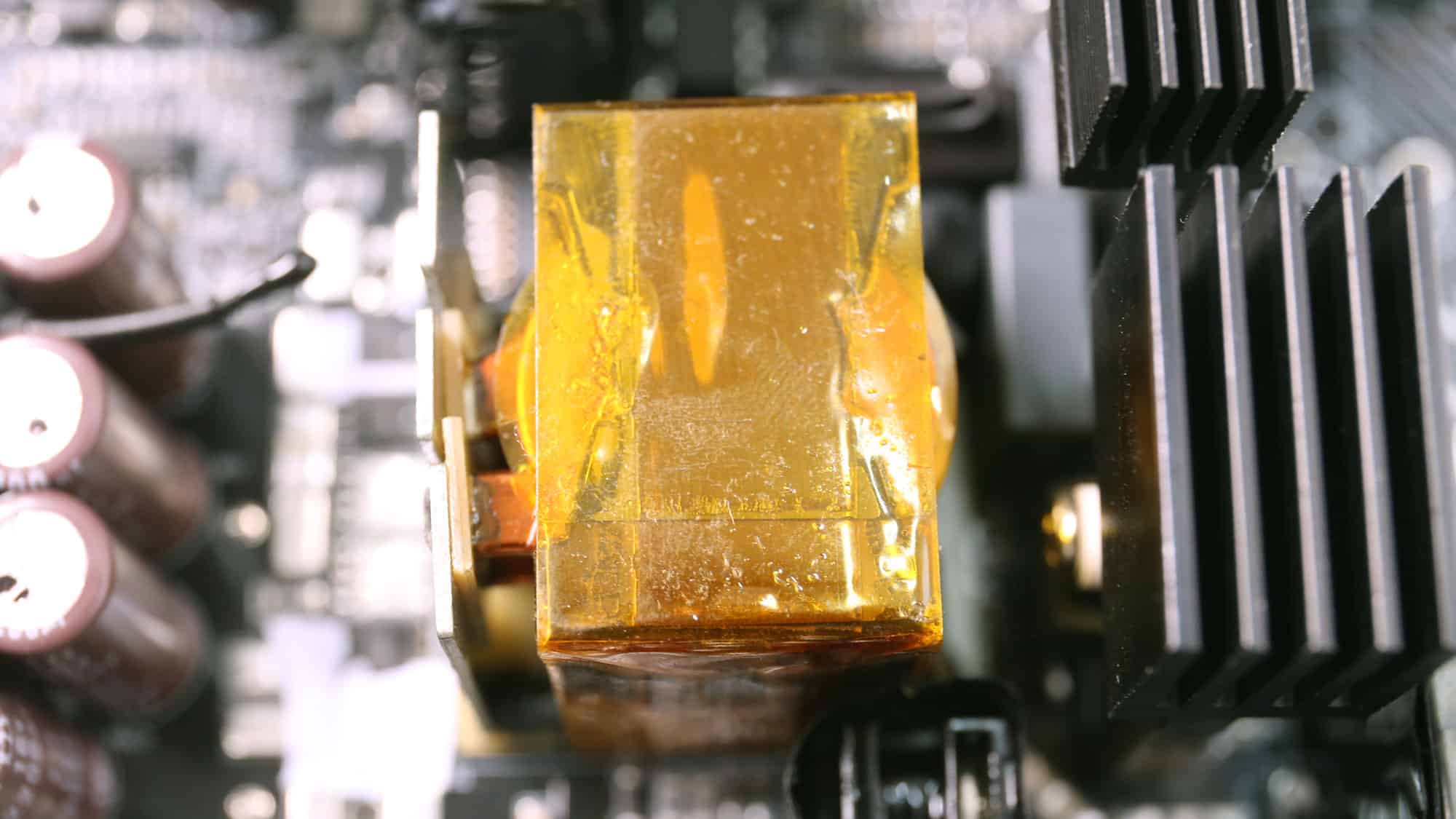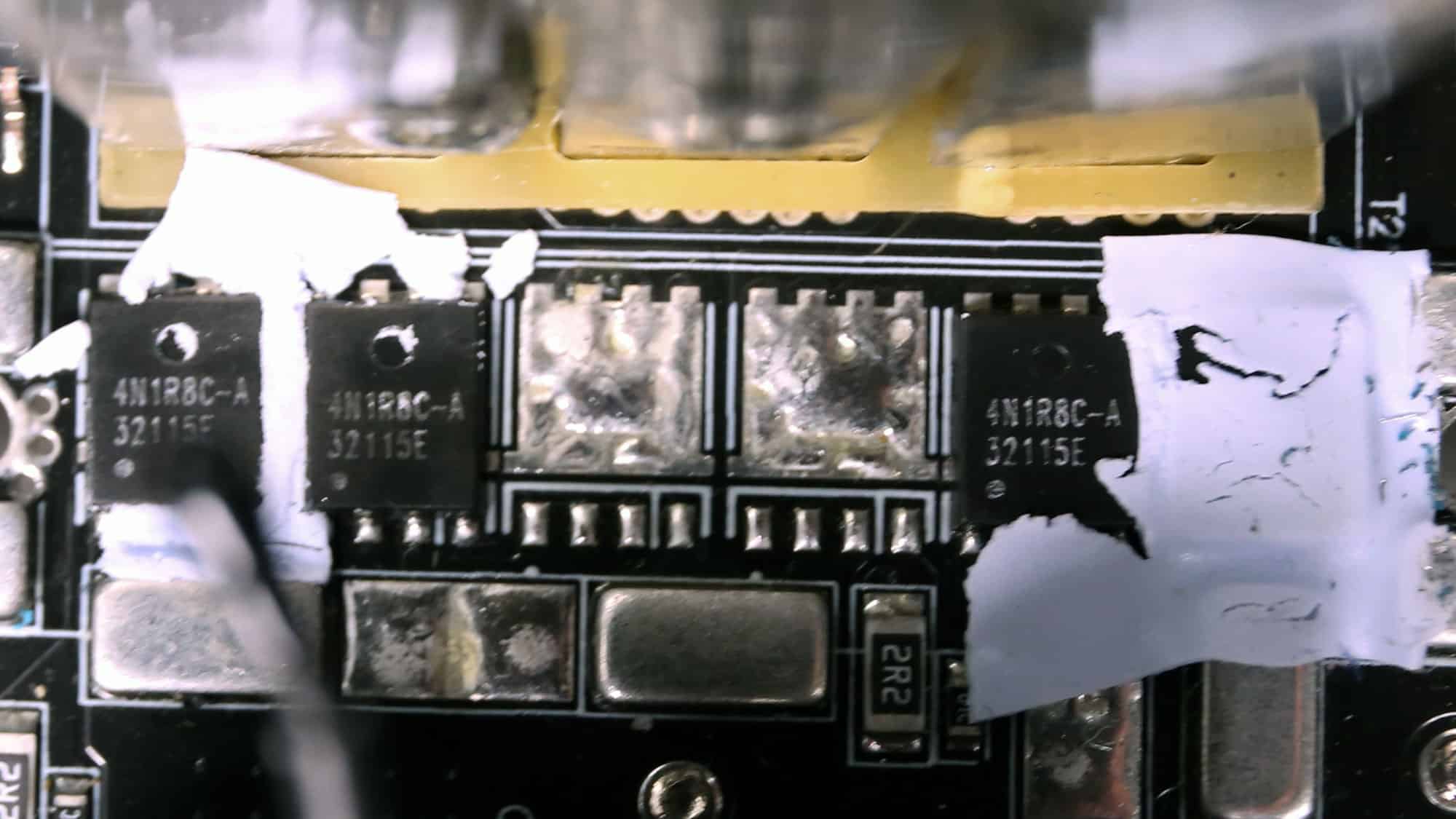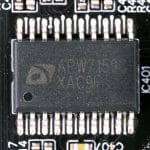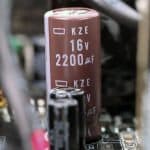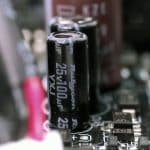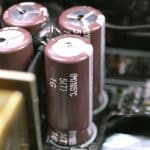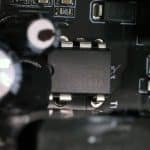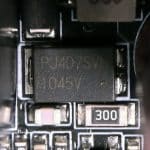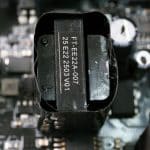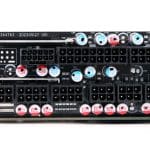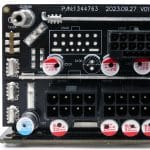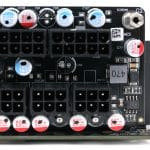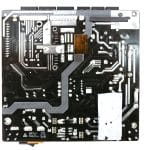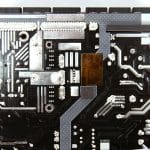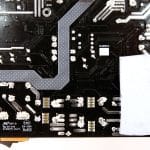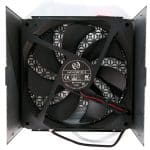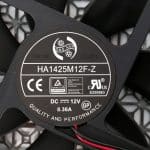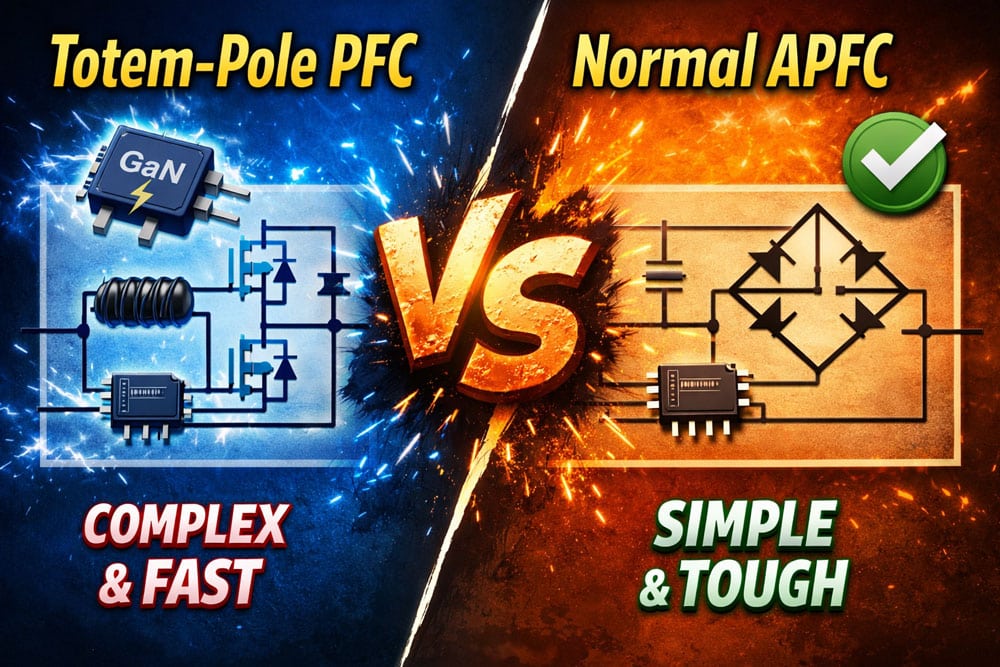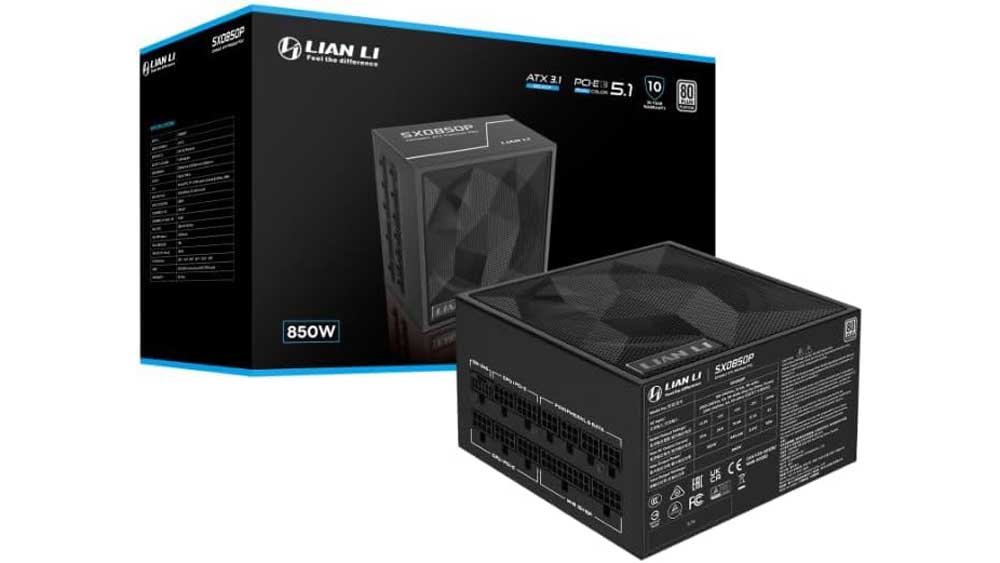Part Analysis
| General Data | |
| Manufacturer (OEM) | Great Wall |
| PCB Type | Double-Sided |
| Primary Side | |
| Transient Filter | 4x Y caps, 2x X caps, 2x CM chokes, 1x MOV |
| Inrush Protection | 1x NTC Thermistor SCK-056 (5 Ohm) & Relay |
| Bridge Rectifier(s) |
2x LRC GBU15K (800V, 15A @ 100°C)
|
| APFC MOSFETs |
2x Infineon IPW60R120P7 (650V, 16A @ 100°C, Rds(on): 0.120Ohm)
|
| APFC Boost Diode |
1x CREE C6D08065A (650V, 8A @ 155°C)
|
| Bulk Cap(s) |
2x Nichicon (420V, 390uF each or 780uF combined, 3000h @ 105°C, GN(M))
|
| Main Switchers |
2x Rohm R6035VNX3 (600V, 35A @ 25°C, Rds(on): 0.119Ohm)
|
| APFC Controller | |
| Resonant Controller |
Champion CM6901T6X
|
| IC Driver |
1x Texas Instrument UCC21520A
|
| Topology |
Primary side: APFC, Half-Bridge & LLC Resonant Converter
Secondary side: [12V] Synchronous Rectification & [Minor Rails] DC-DC converters |
| Secondary Side | |
| +12V MOSFETs | 4x XSEMI XP4NA1R4CMT-A (45V, 39A @ 70°C, Rds(on): 1.4mOhm) |
| 5V & 3.3V | DC-DC Converters: 4x DMTH3004LK3 (30V, 75A @ 70°C, Rds(on): 4mOhm) PWM Controller(s): Anpec APW7159C |
| Filtering Capacitors | Electrolytic: 8x Nippon Chemi-Con (2-5,000h @105°C, KZE) 2x Rubycon (2-10,000 @ 105°C, YXF) 1x Rubycon (4-10,000h @105°C, YXJ) 1x Rubycon (3-6,000h @105°C, YXG) 1x Rubycon (2-10,000 @ 105°C, ZLH) Polymer: 21x FPCAP, 9x Nippon Chemi-Con |
| Supervisor IC | 1NIS4291-SCG |
| Fan Model | Hong Hua HA1425M12F-Z (140mm, 12V, 0.36A , Fluid Dynamic Bearing Fan) |
| 5VSB | |
| Rectifier |
Panjit SVM1045V (45V, 10A)
|
| Standby PWM Controller |
Power Integrations TNY278PN
|
The OEM is Great Wall and the platform uses a contemporary design. I like the fact that the electrolytic capacitors on the secondary side are on the open, so airflow to them is unobstructed. The 12V FETs are soldered on the main PCB and close to the main transformer, to restrict energy losses, while the VRMs handling the minor rails are on a daughter-board located at one of the PSU’s sides. The heatsinks on the primary side are large enough to allow for lower fan speeds; however, this is not the case for the secondary side. It would be ideal if an MCU digitally controlled the fan through PWM, but GW dropped that since it would increase production cost.
The transient filtering stage contains all the necessary components to block both incoming and outgoing EMI emissions. Typically, it starts at the AC receptacle and continues on the main PCB.
There is an MOV to protect from voltage surges and an NTC thermistor with a resistance of 5 ohms. Moreover, a bypass relay supports the NTC thermistor.
The two LRC GBU15K parallel bridge rectifiers can handle up to 30A together.
The APFC converter uses two Infineon IPW60R120P7 FETs and one CREE C6D08065A boost diode. Nichicon manufactures the bulk capacitors. Their combined capacity is 780 μF, and they are rated for 3,000 hours at 105 °C. Their voltage rating is sufficient at 420V, which is not so close to the APFC’s DC bus voltage (approximately 380-400V DC).
The APFC controller is a Champion CM6500UNX. A CM03AX supports it for reduced vampire power.
The two Rohm R6035VNX3 primary switching FETs are installed in a half-bridge topology, and an LLC resonant converter is utilized for enhanced efficiency.
The LLC resonant controller is a Champion CM6901X.
The PSU’s main transformer. One of its main functions is to isolate the primary and secondary sides electrically.
Four XSEMI XP4NA1R4CMT-A FETs regulate the 12V rail. They are installed on the business (top) side of the main PCB.
Two DC-DC converters generate the minor rails. They use four DMTH3004LK3 FETs. The PWM controller is an Anpec APW7159C.
Chemi-Con and Rubycon provide the electrolytic capacitors. FPCAP and Chemi-Con make the polymer capacitors.
You can find more information about capacitor performance and other specs below:
The standby PWM controller is a Power Integrations TNY278PN, and the secondary side rectifier is a Panjit SVM1045V.
Many polymer caps at the face of the modular panel form an extra ripple-filtering layer.
The soldering quality is satisfactory.
The cooling fan is a Hong Hua HA1425M12F-Z, utilizing a fluid dynamic bearing.
